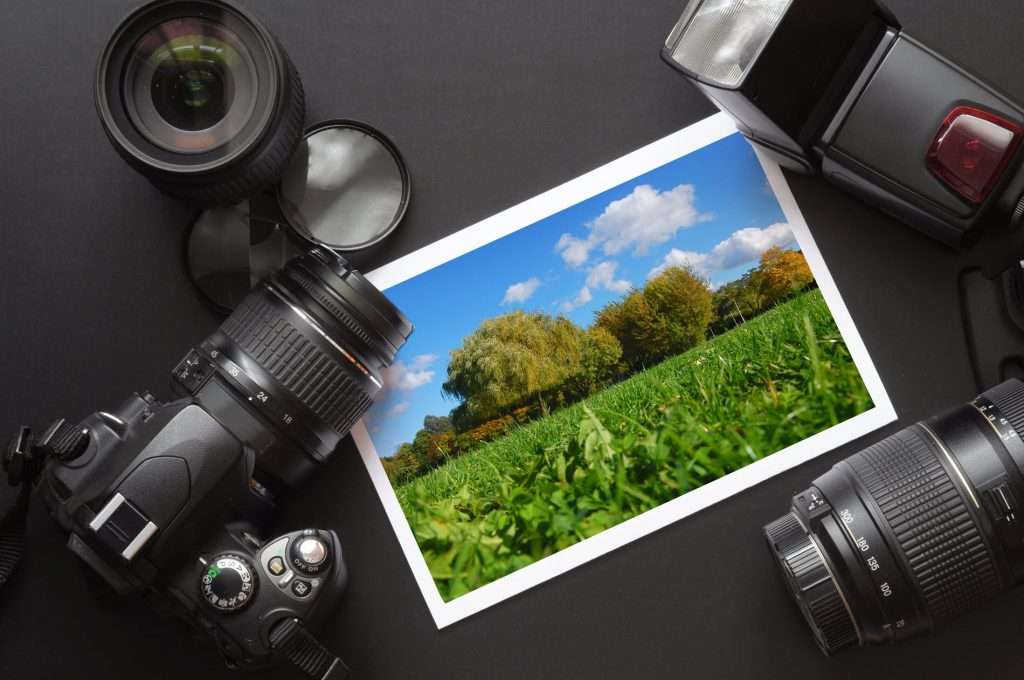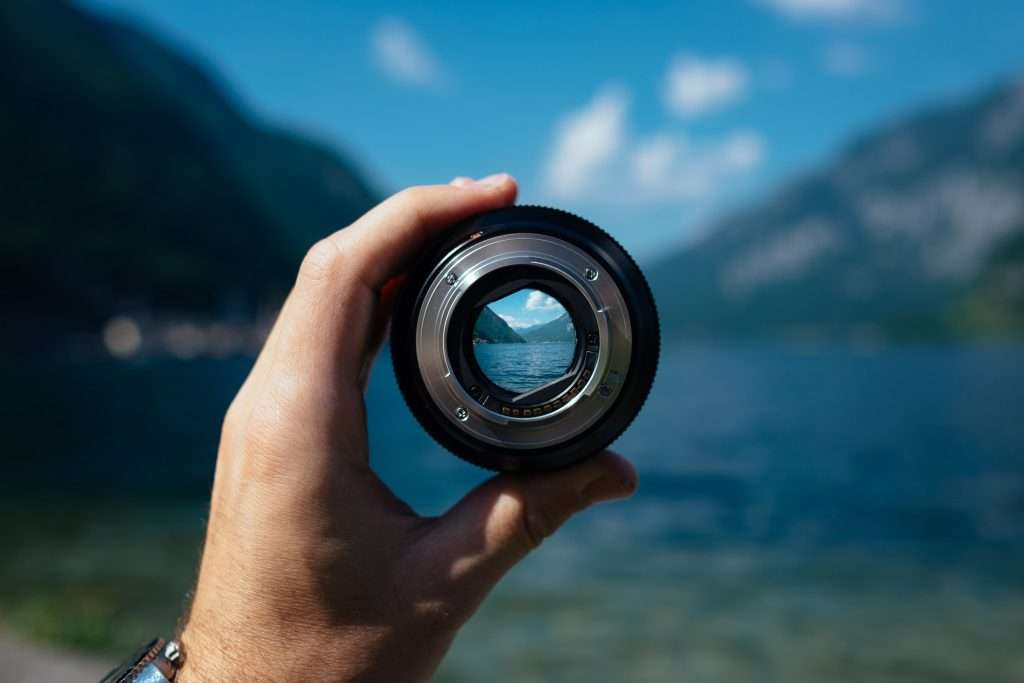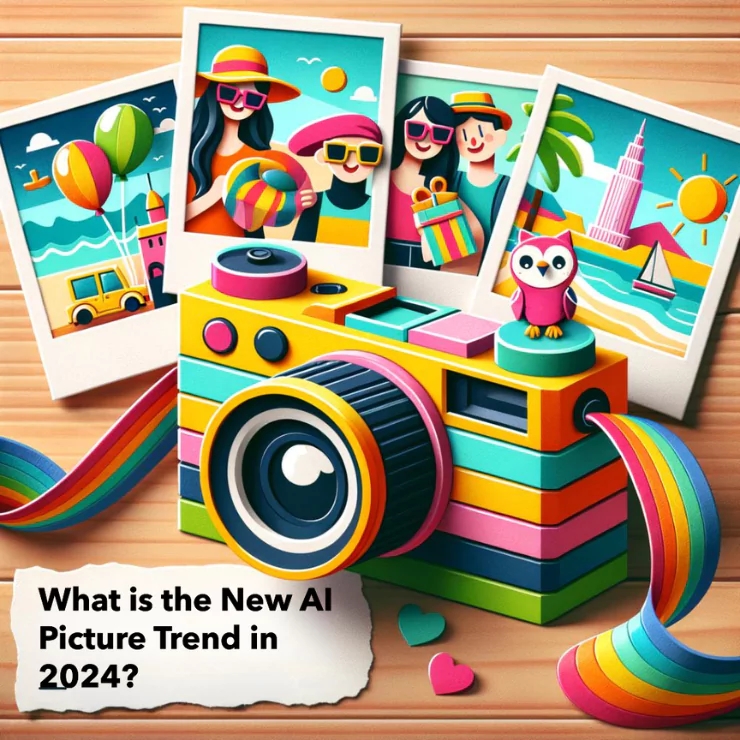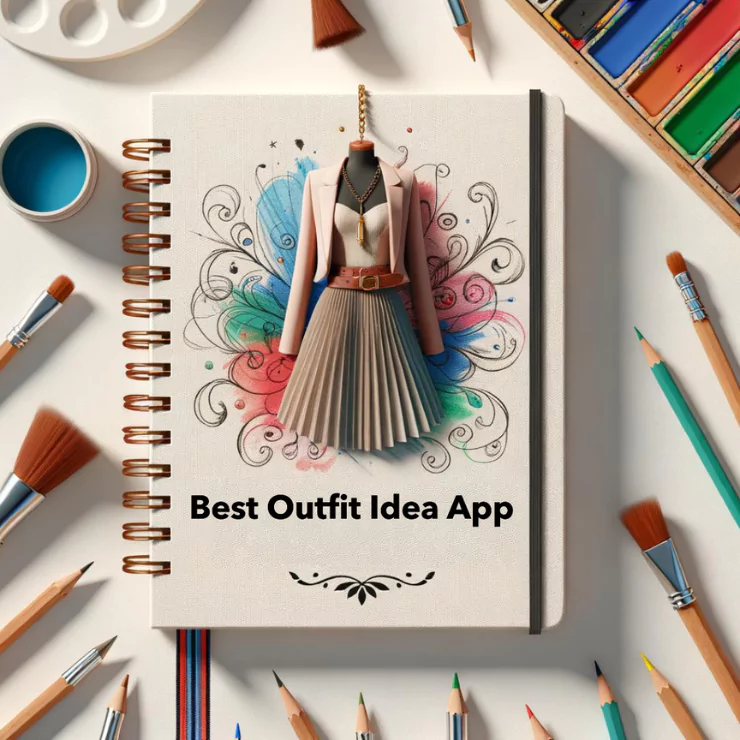How To Make Your Store Pictures Shine: This Fashion Startup Says It Can Revolutionize Product Photography




Why can’t stores put models in the same pose and positions?
The way a model poses affects the way clothes look, and the different poses can affect how you see the clothes. So if clothing companies want to accurately show their product on their website, they should use models with variant poses in all sizes. If you’re not using models of different sizes, it’s almost impossible to get the best view of an item. “If a model is 5’10”, and you’re trying to put a jacket on them [for instance], that jacket could be off,” said Murphy. “They have to have a model that’s the right height, weight and size.” “You can’t just put something on somebody and take a picture of it,” he said.
The challenge is to produce the images quickly enough to jump on quick changes
The challenge of producing images quickly enough to jump on quick changes without breaking your budget or lowering the quality of your images can be daunting. There are many template solutions available for building out a product image, but that’s not always the best approach. The image below is from BareNaked Soap on Etsy:  It looks like the top portion of the box was photographed separately and then layered into another shot that included the bottom portion of the box. This approach works well if you plan on using it consistently with all products, but otherwise it can look awkward and confusing if not every product you sell is packaged uniformly in a way that allows this technique to work seamlessly
Couldn’t you just do this digitally?
Virtual models are a game changer. Not only are they a great way to bring in customers, they’re also the best way to increase sales. They give you flexibility to show products in a way that’s more engaging than the static image, which is important not just because of their entertainment value but also because it helps consumers get a better idea of what an item will look like when it arrives on their doorstep. The beauty of virtual models is that they can be used for both men’s and women’s clothing. In addition to eliminating the need for human models who might not fit your brand—due to size or shape, or simply because they aren’t available (or affordable) in-house—this technology allows retailers at any price point (Target alllllll day long), style aesthetic (Ralph Lauren?), and demographic target audience (teenagers). Some of the biggest shopping sites on the web, including Amazon and Zappos, are using virtual models to showcase products in a way that’s more engaging than a static image. While they’re a great way to bring in customers, they’re also the best way to increase sales, according to recent research by visual solutions company Forrester Consulting
A virtual model shoot has been a dream for many years. Customers need to be able to view something pretty to fall in love with it.
The ability to generate thousands of catalog images quickly could be a huge save for retailers, as well as help them create more dynamic web pages. Thing is, the average shopper might not notice that they are looking at a virtual model. The company claims it has tested the technology on more than 25 million people and that most did not realize what they were seeing was fake. “The dream of being able to do this automatically has been around for many years,” says Paul Melby, head of product at 3DLOOK. But it took advances in machine learning to make this possible.
What about price? How should we start?
If you’re feeling unsure, you can start your product photography journey with a free trial to see how it about $9 per look, or oes. If you decide to buy credits after the trial (which I’m sure you will), the first credit pack is $199. From there, the cost per image decreases with volume. These prices are significantly lower than the tens of thousands of dollars that companies typically spend on catalog shoots for their ecommerce offerings. When it comes to price—as well as so many other things in life—it pays to be virtual.
Virtual models are not just a great way to bring in customers, they’re also the best way to increase sales.
Virtual models are not just a great way to bring in customers, they’re also the best way to increase sales. With your brand’s virtual model, you have more opportunities to present your merchandise, giving you multiple angles from which to show off each product and highlighting the details people look for before making a purchase. While traditional photography limits retailers by forcing them to show only one side of each item, virtual models allow stores to be more creative in their marketing efforts and even create a more engaging shopping experience for customers. This is why fashion brands like Calvin Klein and Jessica Simpson have started using this technology: it helps them show off new products with high-quality visuals that can’t be replicated on mannequins or real models alone. Virtual models are clearly the future of fashion marketing!




